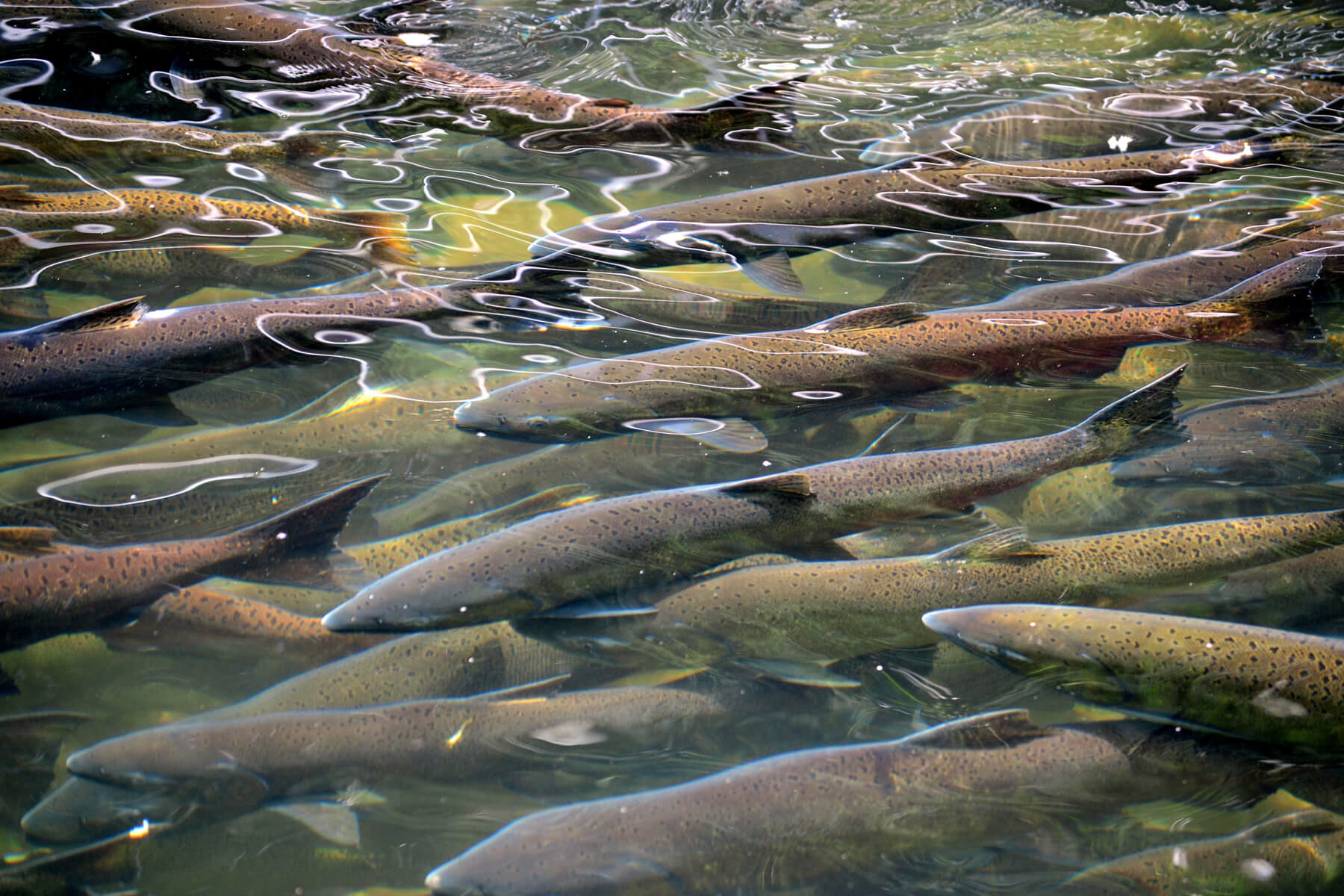Dr. Peter Moyle earlier this fall provided a very thoughtful approach to help recover salmon in California. He laid out six steps that can be taken to increase the resiliency and viability of salmon in the face of California’s changing climate at the California Salmon and Climate Variability Symposium. The speech, which we recommend as reading for those interested in salmon, was captured as part of Maven’s Notebook: Saving salmon in changing California.
We laud Dr. Moyle’s efforts over the years and we join him in his call for action. In the Sacramento Valley, water suppliers are partnering with conservation organizations on a Sacramento Valley Salmon Recovery Program, where we are all collaborating and working towards a new “get er done” model that will make many of the changes in the river and floodplains proposed by Dr. Moyle, rather than simply talk about or study them. We also encourage reading this Recovery Program, which follows his call for systematic approaches rather than single silver bullet solutions that have failed us all in the past.
Nestled within this thoughtful analysis, however, is a statement and paragraph that we differ and simply does not track with the dry year experiences we have seen in California the past four years. Perhaps it is a matter of where we focus our energy, but the comment that “environmental water seems to be the first thing sacrificed during these droughts as we found out” is simply not accurate and would benefit from better context and understanding rather than ideology. The fact is that there is less water in rivers and streams in dry years for all purposes, including the environment. Additionally, many of the rivers and streams in California are managed first for the environment, such as the Sacramento River for winter-run salmon, with all other water uses taking a backseat. It is also no secret that more than half of the Central Valley has received no surface supply deliveries the past several years.

In the Sacramento Valley, the water resources managers in the Sacramento Valley have proactively managed the limited water resources for all multiple beneficial uses, including domestic deliveries to cities and rural communities and in supplying water for farms, fish and birds. It is important to recognize that all of these beneficial uses have suffered supply deficits during the past several years; yet, because of creative water resources management, all of these beneficial uses have received more water than they otherwise would have in either natural conditions or without this creative water management. This context in a highly managed water system is important for people to acknowledge and understand. We therefore call on policy makers to help foster this type of creative water resources management that focuses on serving multiple beneficial uses rather than resorting to simplistic calls for water to serve one beneficial use at the expense of others.



